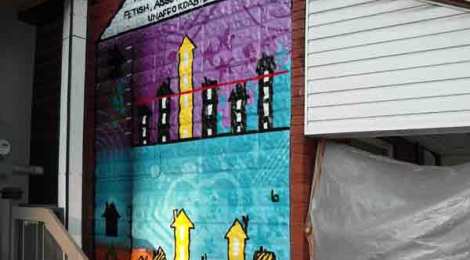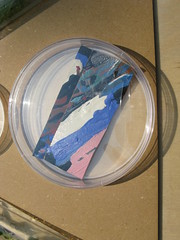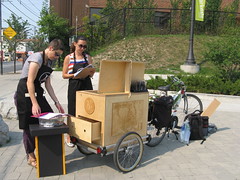
Embodied Utopias
in More’s neologism, the term [Utopia] is linguistically ambiguous, the result of two different fusions from Greek roots: the adverb ou-“not”-and the noun topos-“place”: no-place. But More is also punning on another Greek composite, eutopia, “happy,” “fortunate,” or “good” place. Many commentators have suggested that this pun signals the ideal, or fictional, status of accounts of the perfect society: the happy or fortunate place, the good place, is no place-no place, that is, except in imagination. I would like to suggest a different reading of this pun: not the good place is no place, but rather no place is the good place. The utopic is beyond a conception of space or place because the utopic, ironically, cannot be regarded as topological at all. It does not conform to a logic of spatiality. It is thus conceivable, and perhaps even arguable, that the utopic is beyond the architectural (insofar as architecture is the domain for the regulation and manipulation of made spaces and places; insofar as its domain or purview has remained geographical, geological, site-specific, location-oriented – That is, insofar as its milieu is spatialized, in the sense of being localized and conceptualized only in spatial terms).



















































Comments are closed, but trackbacks and pingbacks are open.